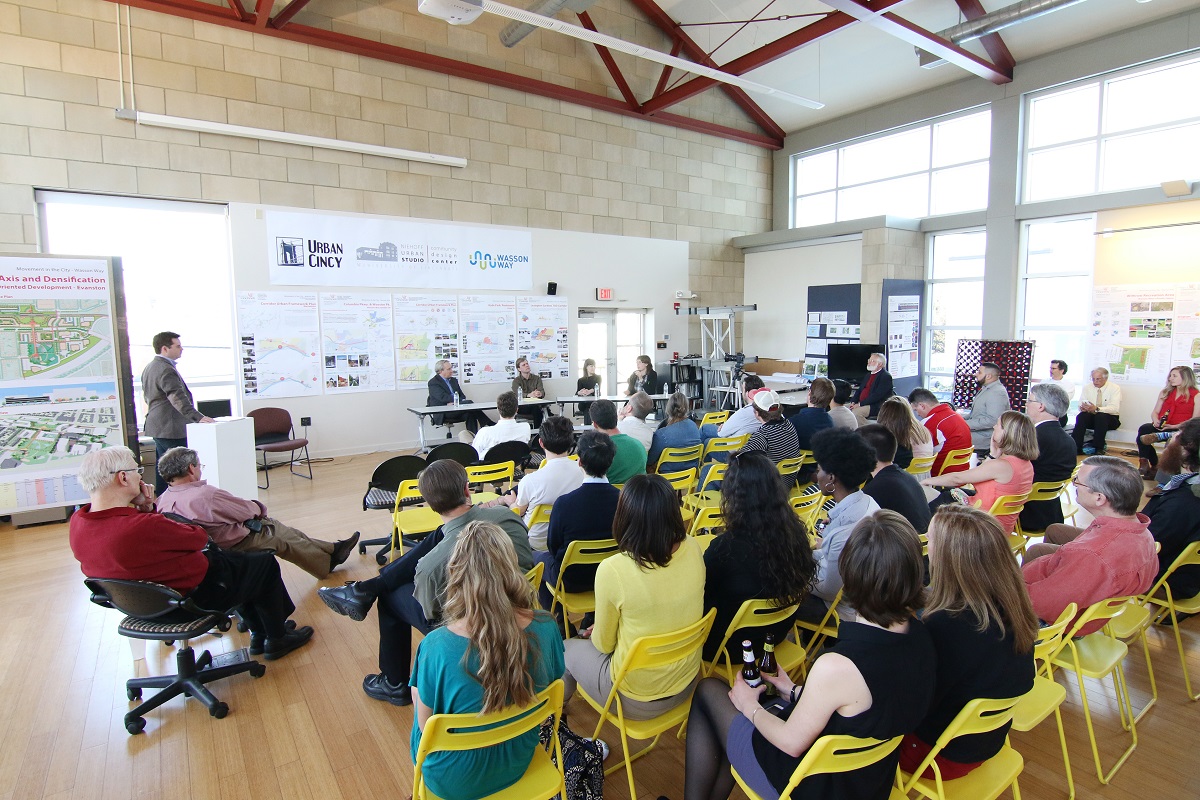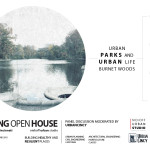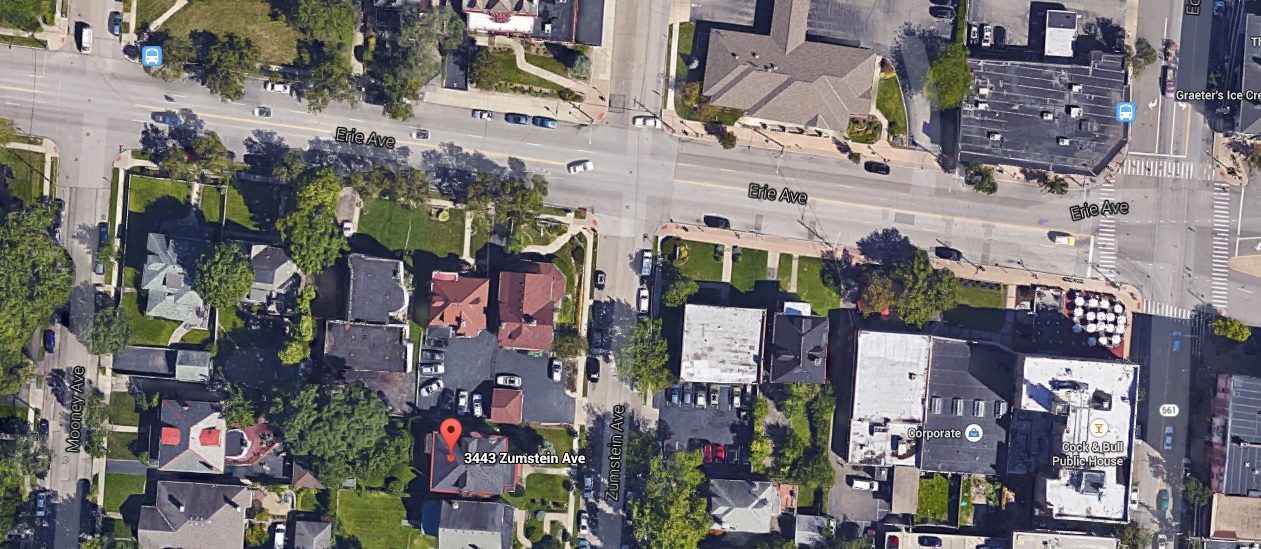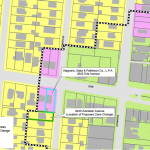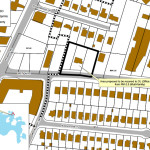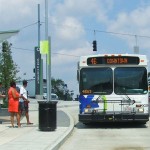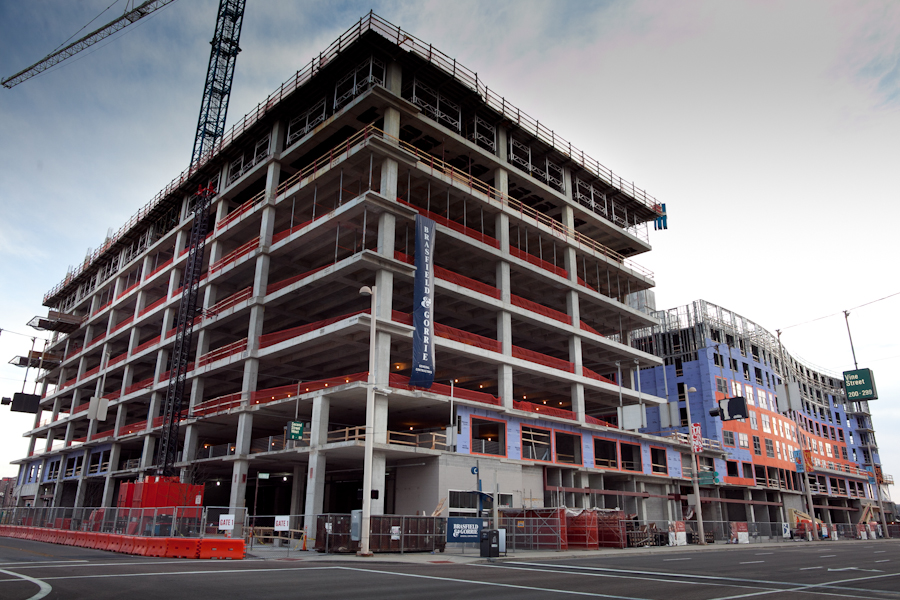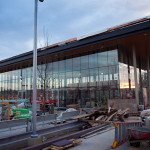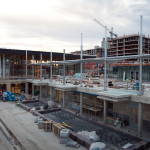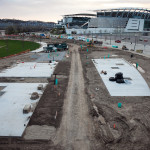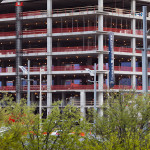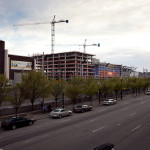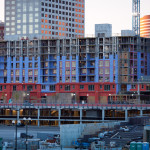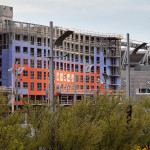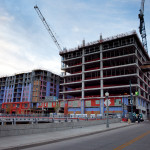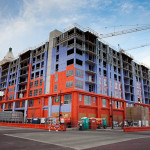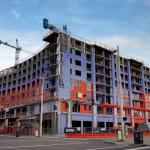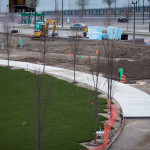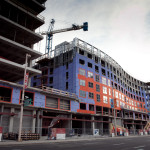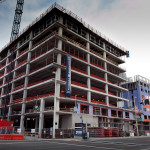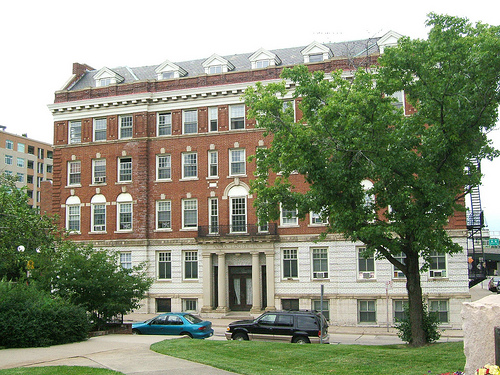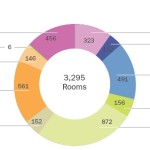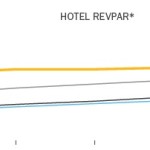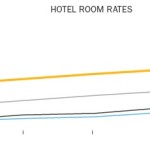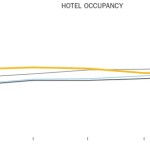Most University of Cincinnati students are familiar with the small forest just across Martin Luther King. During the warmer months, before the autumn turns too chilly and after the winter cold snaps, students can be seen biking, hanging out and walking through it. Even during the winter it’s a good place for a snowball fight.
At almost 90 acres in size, Burnet Woods is one of the larger parks in the Cincinnati Parks System. The park, which is over 142 years old, is the subject of this year’s Niehoff Urban Studio Open House titled, “Urban Parks and Urban Life.”
In 2014, Mayor John Cranley (D) identified the redesign of Burnet Woods as one of his administration’s top priorities. Calling it one of Cincinnati’s top gems, the mayor partnered with UC President Santa Ono to embark on a planning initiative to include the park in a wider plan to form an uptown eco-district.
Part of that plan was to engage UC planning and urban design students in a year-long workshop which will wrap up on April 23 with an open house and panel discussion moderated by John Yung of UrbanCincy.
“I’m really excited to see the students’ work and have a discussion on placemaking at the park,” Yung stated. “Cincinnati is blessed with historical parks such as Burnet Woods and Washington Park, to name a few. You don’t get that in most other American cities.”
This event is part of the continuing partnership between the Niehoff Urban Studio and UrbanCincy to examine complex urban issues. Last year UrbanCincy moderated a discussion panel on Tiny Living focusing on the opportunities and challenges of small space living in the urban environment. Prior to that, bus rapid transit and bike mobility were topics of conversation. We even hosted an urbanist candidates forum just ahead of the last city council election.
The Burnet Woods open house will take place on April 23 from 5pm to 8pm, with the panel discussion will beginning around 7pm.
The Niehoff Urban Studio is located at 2728 Vine Street in Corryville and is accessible by Metro*Plus and the #24, #78 Metro bus lines. A Cincy Red Bike station is located a block away and there is plentiful free bike parking on the same block.
